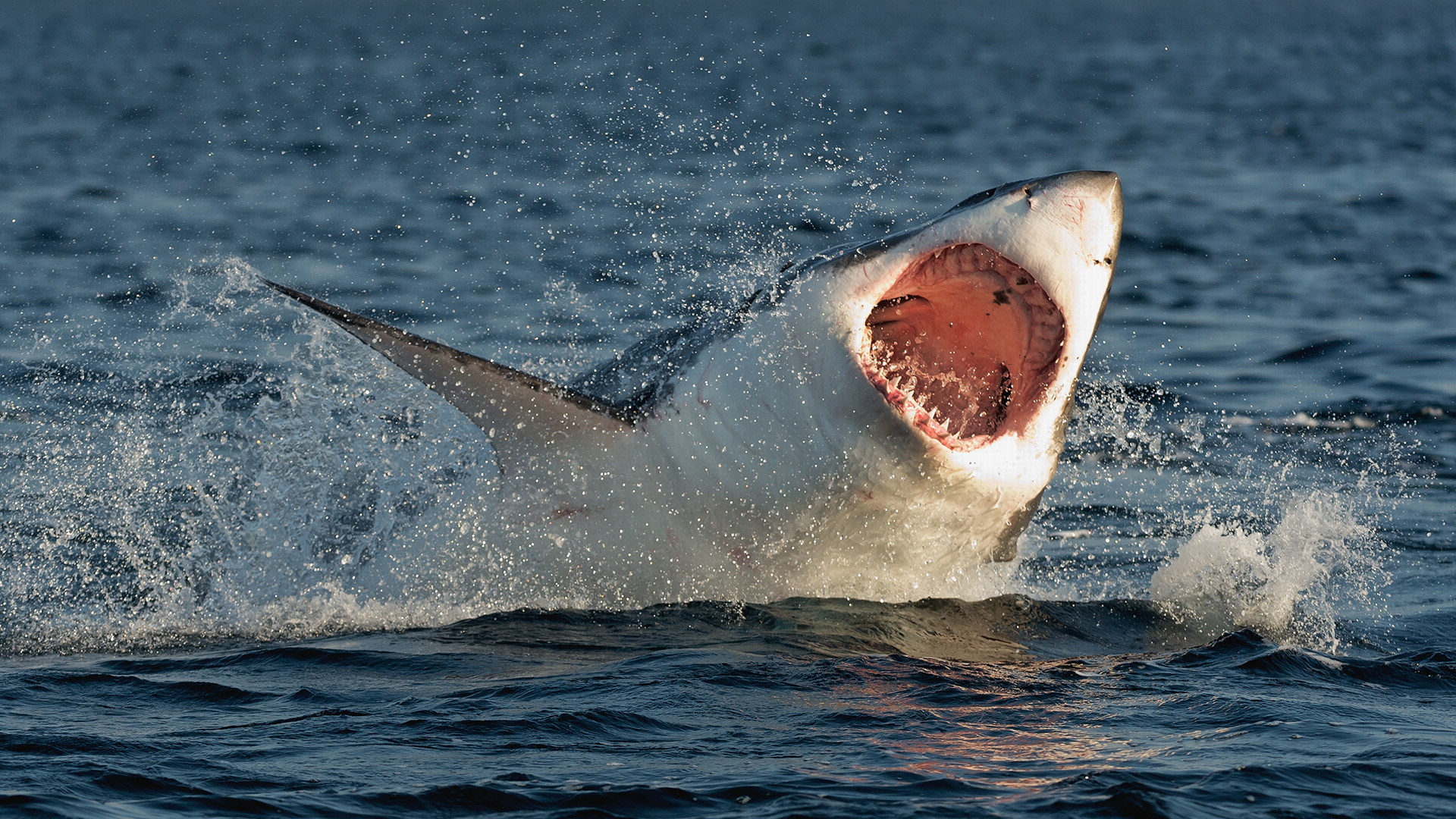The fear of sharks dates back to earliest days of seafaring, when sailors' fears of mythical sea creatures seemed to be realistic danger of heading out to sea.
But it was not until the 20th century, when swimming in the ocean truly became a popular pastime, that people began to truly fear the probability of being killed in a shark attack. Of course, Steven Spielberg's 70s blockbuster 'Jaws' only heightened people's fears of the ocean.
But the truth in Texas, and around the world, is the relative infrequency of shark attacks, particularly on beaches where swimmers congregate.
According to the Shark Attack Database, since 1865, there have been 65 confirmed shark attacks recorded in the state of Texas, including 58 unprovoked and seven provoked attacks. Of these attacks, only five unprovoked attacks were fatal.
The earliest recorded attack in Texas was on July 18, 1865 when a man was fatally attacked while bathing in the water of Brazos.
There would be three more recorded attacks in the late-19th century, none of which were fatal.
In July of 1904, Chester Kennedy was swimming on the gulf coast and was fatally attacked by a shark. His body was never recovered.
Less than a decade later, 1911 became the first year to see two recorded shark attacks.
The second happened in September, when John Blomquist jumped into the waters near Galveston to assist a friend and was attacked by a shark. Blomquist became the third person in Texas to die from an unprovoked shark attack.
In 1937, Hal Thompson Jr., 14, was killed while swimming off the Galveston coast. He is likely the youngest person in Texas history to die from an unprovoked shark attack.
After Thompson's death, shark attacks became rare in Texas, with only two unprovoked shark attacks happening between 1938 and 1961. Neither of those attacks proved fatal.
In 1948, a C47, piloted by Neil Womack, crashed into the gulf between Brownsville, Texas and Carmen, Mexico. Womack, who was injured in the crash, took refuge in a life raft with his copilot Esteban de Leon.
According to de Leon, Womack fell out of the raft a few days after the crash and was killed by sharks that had gathered around the raft.
However, Womack's death is not counted in official in the Shark Attack Database.
But in August of 1962, 40-year-old Hans Fix was surf fishing in waste deep water off Padre Island when he was bitten on the right leg by a shark. Fix would become the last recorded shark attack fatality in Texas.
Reports of shark attacks began to peak in the 80s. Between April and July of 1987 there were three recorded attacks off Mustang Island State Park.
Since the start of the new century, reports of shark attack in the state continue to peak, with 27 attacks reported since 2000. However, none of the attacks have been fatal.
The busiest year of recorded shark attacks in recent history was 2011, where there were five recorded shark attacks. Two of those attacks occurred on July 7, one off Mustang Island while the other was near Sunday County.
The last shark attack in Texas, according to the Shark Attack Database, was in June of 2016 when a six-year-old girl was bitten in the leg while floating in a tube off Pirates Beach.
However, there have been two additional shark attacks, one in 2017 and another in 2018. Neither of those attacks were fatal.
Still, the likelihood of being attacked by a shark is extremely rare, especially when compared to the volume of swimmers and people using the waters where sharks may inhabit. And when you compare the number of shark attacks worldwide to the number of attacks on sharks by humans, the number is also skewed.
According to a 2015 article by USA Today, around 100 million sharks are killed each year due to fishing or other human interactions. Meanwhile, in 2014, only 52 people were killed worldwide in shark attacks, less than those killed by bees or snakes.
In fact, more people are killed in lightning strikes by the shore than by shark attacks.
But for some, these statistics are mute. As long as there is a possibility of an attack, they will keep their feet dry while on the beach.


